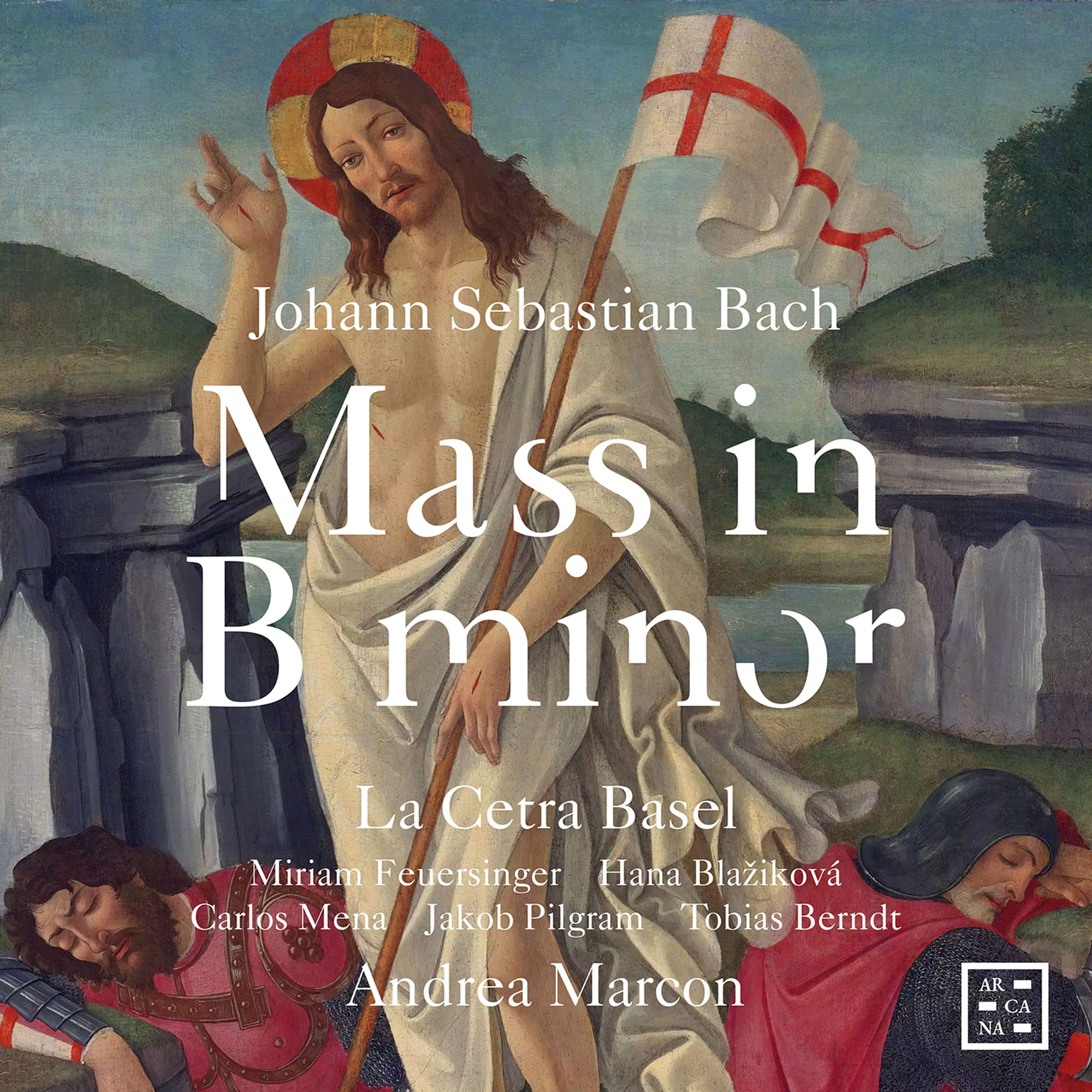
This release celebrates 25 years of La Cetra Basel. deferred to as “greatest musical masterpiece of all time,” in the 19th century, Bach’s Mass in B minor remains.toweing msterpiece.
As conductor Andrea Marcon says, “It is a dream come true to have recorded this work for La Cetra’s 25th jubilee – the best birthday present ever!”. Under his direction, Marcon realises his own particular vision for this Mass, notable for the division of voices between “concertists” and “ripienists.” For once, I like what the disc blurb says you this release:
The sonority and character of each movement emerge from the skillfully crafted balance between solos and tuttis, creating a three-dimensional sound reminiscent of a three-manual organ. The result is a unique tonality, full of fresh nuances and colours, and no doubt very close to what Bach had imagined.
Whatever the musicological merits of the final statement, the analogy fo a three-manual organ stands up well. There are two xcellen essays included, one by John Butt, one by Marcon himself around the performance practice of the piece.
here is no doubting the sense of tranquility in the opening “Kyrie,” but equally impressive is the unveiling of Bach’s linear processes. The transparency is miraculous (I was brought up on Herbert von Karajan’s DG Berliner Philharmoniker LPs, which reveal a “Kyrie” as heavy as your average tombstone; link):
How light, too, the “Christe,” with its two soprano soloists (here Miriam Feuersinger and Hana Blažiková):
The Gloria’s achievement is to convey grandeur without undue pomp; it also includes this radiant solo from Soprano 2 (Blažiková):
One of the most beautiful moments in the piece is the “Domino Deus” for Soprano 1 and tenor:
Marcon is superb in the tender moment, and he has a crack team of instrumentalists, as tho obbligatos in the “Qui sedes” attest:
Also there’s the famous horn solo, lightly delivered on natural horn here in superb dialogue with the bassoons in the bass “Quoniam”. Moments are almost jaunty, and Tobias Berndt is superb, just the right amount of depth (he excels in the later Et in Spirit Sanctum,” too):
That’s reflected in the Credo, which almost dances (as does the later “Osanna”).. The Credo also shows how well the soloists work together; Jakob Pilgram is the particularly attractive-sounding tenor. Macron’s tempo again moves things forward nicely, the orchestra; jauntily moving along:
The sheer delicacy of this reading is its defining factor, both in “Et in unum Dominum,” and in “Et incarnatus eat,” the latter a blissfully still centre against the blaze of light that is “Et resurrexit,” its joy beautifully balances so every one of Bach’s lines is perfectly in proportion with the music around it:
The “Sanctus” also appears in such an explosive way, positively radiant. But it is the “Agnus Dei” tat takes us to the heat of spirituality, and a chance, too, for counter-tenor Carlos Mena to shine, pure of voice,
The last time I heard Bach’s B-Minor Mass live was in the hallowed chapel at Versailles: the conductor here was John Eliot Gardiner with a beautiful line-up of soloists and phenomenal horn solo from Anneke Scott, a performance that is actually available for members of DG Stage +.
The recording venue for the Marcon Bach, incidentally, was the Martinskirche in Basel, the same lovely venue where I heard this concert, preparatory for the 2020 Gstaad Festival. The acoustic is perfect for he Bach B Minor, and the engineering is ideal, also (Markus Heiland of Tritonus Musikpodukion GmBH, who acts as both producer and engineer).
Marcon’s Bach B-Minor is available at Amazon here; iDagio here.





